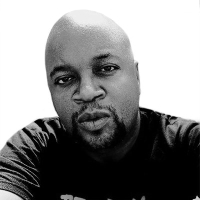Entertainment
Photo Illustration by Sarah Rogers/The Daily Beast
50 Years Later, ‘The Velvet Underground and Nico’ Still Sounds Like the Future
GROUNDBREAKING
There has never been a rock album more ahead of its time than the Velvet Underground’s singular masterpiece, released 50 years ago this week.

Trending Now





